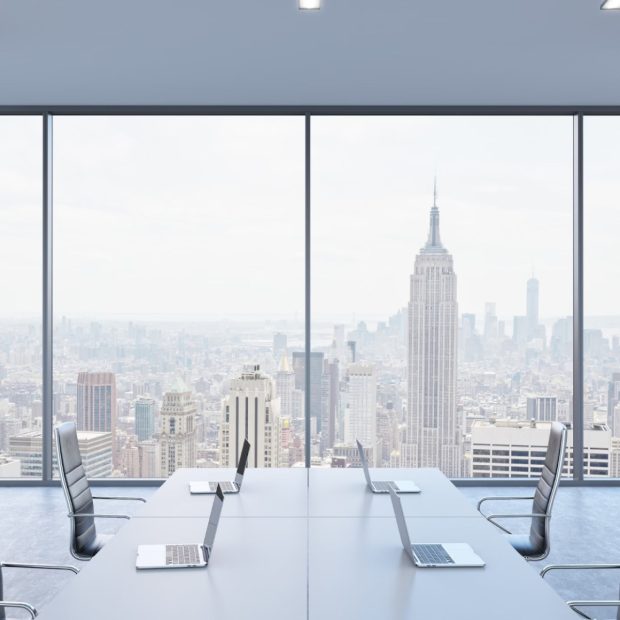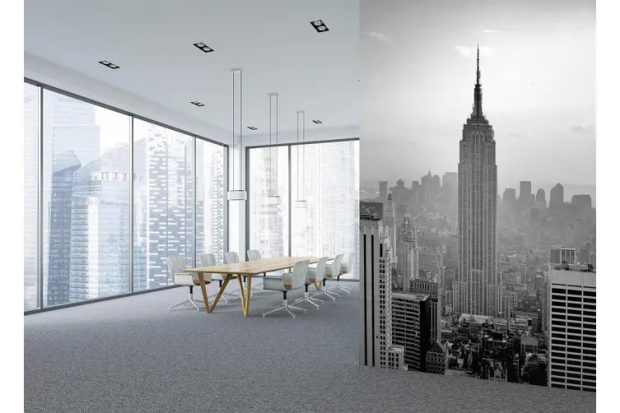
Since the onset of the pandemic, a paradigm shift has occurred in the way offices operate, embracing a hybrid work model. The bustling daily commute of thousands in downtown New York has given way to a more sporadic return to office desks, significantly reducing the pre-pandemic workforce presence.
The adoption of the hybrid work model, where employees attend the office only on specific days, has reshaped commuter patterns, notably impacting metro usage. Subway congestion levels at the close of last year revealed a stark difference: Monday and Friday witnessed only 33-38% of the pre-pandemic load, while Thursday saw a slight increase to 43%.
READ: Investing in Brooklyn Real Estate: Detailed Review
The transformation in work habits has translated into visible changes, particularly in lunchtime queues. The earlier part of the week witnesses minimal or no queues, and even when present, they fall far short of the prior 20-minute wait times. However, this shift in consumer behavior spells disappointment for Manhattan’s businesses.
Bloomberg estimates a staggering annual loss of up to twelve billion dollars due to the surge in remote work.
The rise in remote work has left many commercial spaces vacant, prompting a pressing question of what to do with these properties. Despite existing long-term leases signed before the pandemic, vacancies are on the rise. The current housing crisis in New York is not a consequence of a recession but stems from fundamental changes in work organization.
By the year’s end, approximately 100 million square feet of office space will be available in the U.S., according to commercial real estate services provider Cushman & Wakefield. This surpasses the pre-pandemic level in 2019 when available space was around 64 million square feet. Numerous property owners are grappling with rent payment challenges.

In New York, RXR Realty has initiated negotiations with lenders for a 34-story office building on Broadway. Formerly positioned as a prime location close to the financial center, the property may now be relinquished to creditors to alleviate financial burdens. The escalating number of properties entering bankruptcy each month poses a looming threat to New York, as tax revenue from significant landowners forms a crucial component of the city’s finances.
READ: American Dream: The Most Expensive Apartments in New York
While the concept seems promising, the conversion process is far from straightforward. New York’s intricate building regulations, distinct for commercial and residential properties, pose a considerable challenge. Mayor Adams has pledged to streamline these regulations, but the process is expected to be time-consuming. Additionally, the issue of windows complicates matters.

READ: Prices Are Rising in Dubai: New Apartments and Projects To Be Completed By 2026
The concept of converting office spaces into residential units is not entirely novel. The aftermath of the September 11, 2001, attacks left a considerable vacancy in the financial district, especially in older high-rise buildings. These structures, dating back to the early 20th century, often fell short of meeting the standards for contemporary open-plan offices. Resourceful entrepreneurs seized the opportunity, converting these spaces into luxurious apartments. Notably, the Woolworth Building showcased this trend, with penthouse apartments commanding prices around $30 million.
Like us on Facebook for more stories like this: